As weed laws continue to evolve all across USA, cooking with cannabis is increasingly becoming popular among medical cannabis patients and more popular among recreational users. People now can consume cannabis without a single puff of smoke.
Let’s discuss 5 mistakes people make and prevent a good flower on an unintended kitchen disaster:
Cannabis Sativa Citrus Blast at Legal Cannabis Dispensary, Sunland Tujunga, California
1. Not Decarboxylating the Cannabis
Some users skip the vital process in making cannabutter – the decarboxylation process because they think the infusion process heats and activates the cannabis (to an extent it does).
Simply, you can’t cook raw cannabis. Not only does it taste terrible, but it has no active THC. Raw cannabis contains THC-acid and decarboxylation process converts THC-acid into bioavailable THC. If you want to get the maximum THC extraction and experience maximum potency, you should always decarboxylate before cooking up your infusion.
2. Over-Grinding
Grinding is an essential part of the cannabis cooking process, but some people go a bit overboard with the grinding. Contrary to popular myth, grinding your cannabis into powder will not increase the amount of THC or improve your high. It just means that more of the plant material gets into your recipe, giving it a much more bitter taste.
3. Using too much Medical Cannabis in your Recipes
Make sure you’re not using too much medical cannabis in your recipes to avoid getting too strong of a high. Just because you’re used to smoking a certain strain or volume of cannabis doesn’t mean that you can comfortably eat the same amount. Edibles take more time to ramp up, and while it would be near impossible to overdose on marijuana, too much of it can definitely cause you to have a bad experience.
On the contrary, marijuana edibles have a completely different delivery system. The THC is absorbed through the bloodstream rather than the respiratory system, which means the drug takes longer to work but has a much more potent effect.
4. Infusing Cannabutter Without Water
When cooking cannabis butter, some people just mix the butter with the marijuana and neglect to add water to the saucepan. While it is possible to get a quality infusion without water, it’s not a good idea to try. When cooking your cannabis butter, maintain at least a 50:50 ratio of water to butter. An even better ratio is 60:40.
Water keeps the temperature down and helps prevent the butter from burning. Burnt cannabis butter tastes terrible and has no potency since THC starts to degrade at around 250 degrees Fahrenheit (121 degrees Celsius). Water also washes out any unwanted green coloration and prevents the product from having an herbal flavor.
5. Limiting Only to Baked Goods
When you mention marijuana edibles, most people immediately think of cookies and brownies. These are excellent—and easy—products to make, but there’s a whole world of edible opportunities outside of baked goods. In fact, the herbal nature of cannabis lends itself to more savory and spicy dishes including chili, roasted potatoes, and chicken wraps.
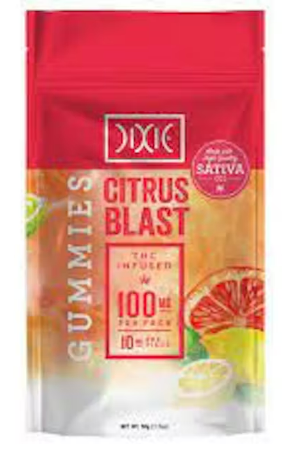
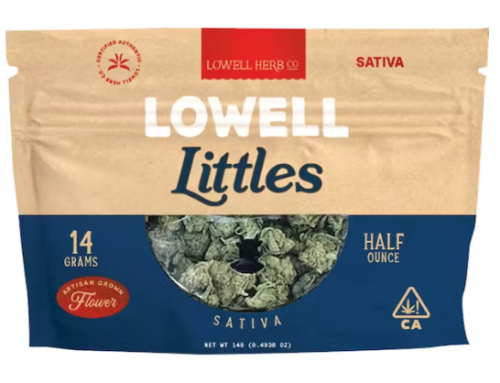
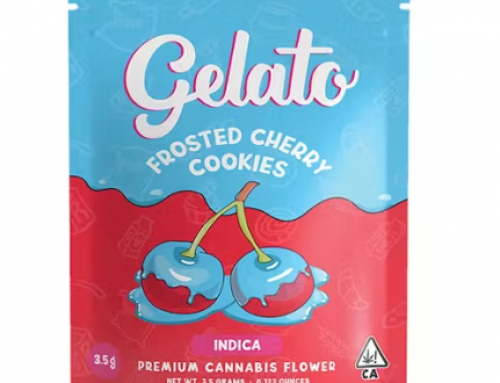
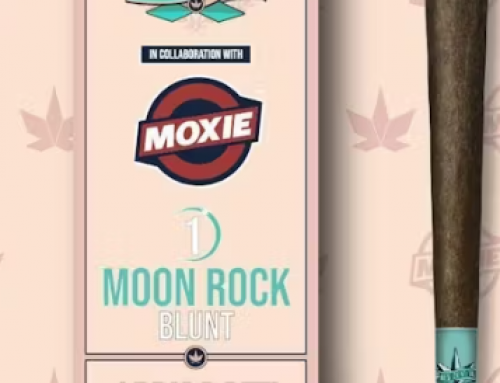
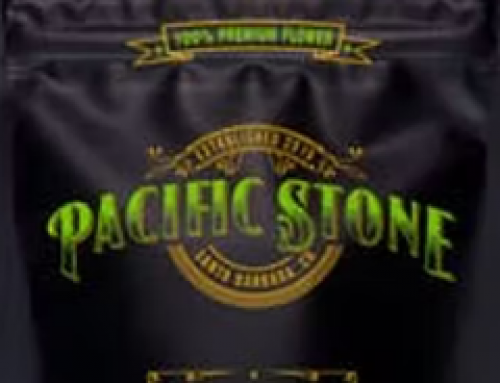
Leave A Comment
You must be logged in to post a comment.